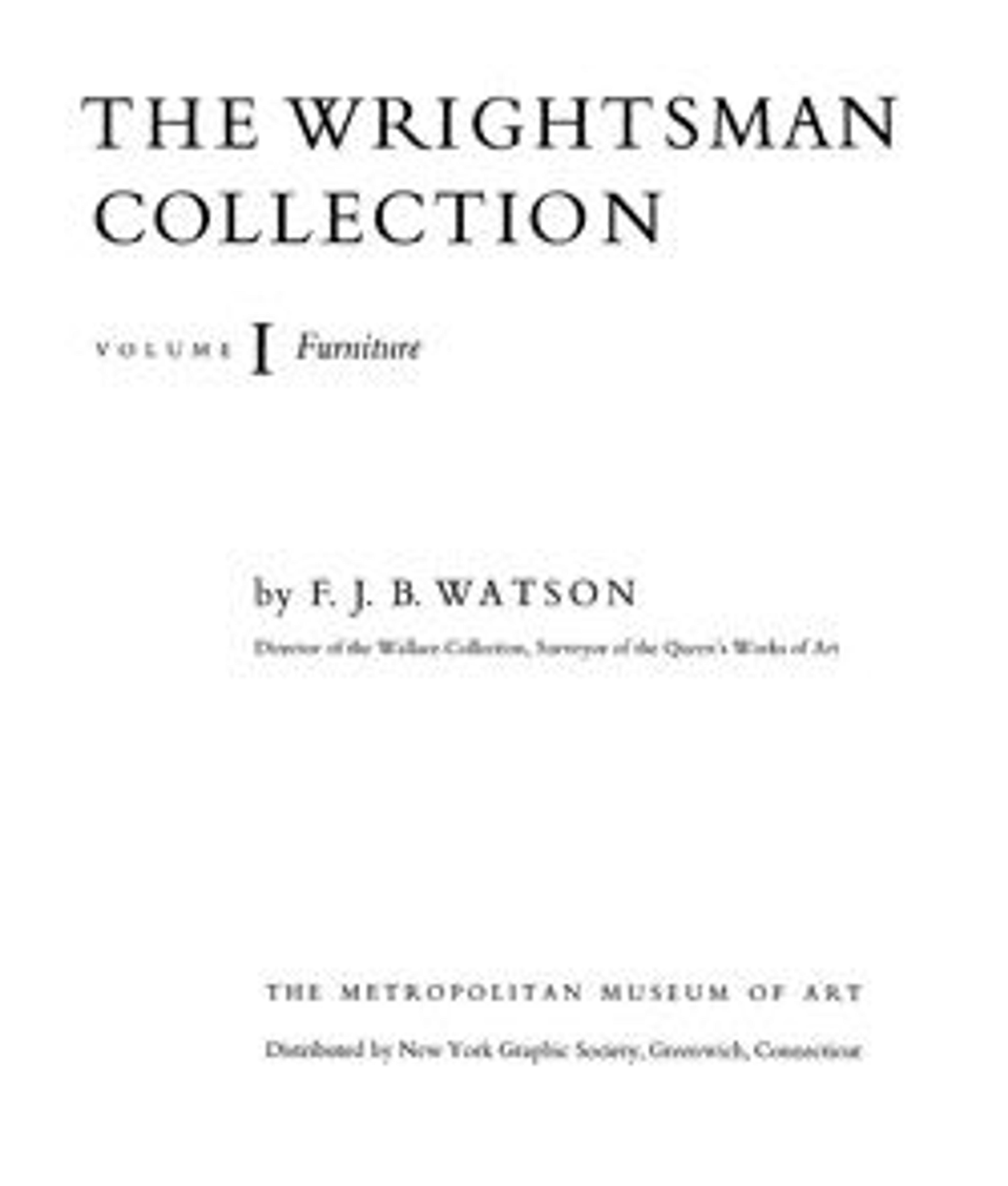Pair of two-light candelabra
In the eighteenth century, gilt bronze was used extensively for different types of lighting ranging from standing candlesticks and candelabra to hanging chandeliers, lanterns and wall lights. The chasing of the metal, punched and matted, or smooth and burnished, would have lend the objects vitality through the varying ways that the candlelight would be reflected off the differently finished surfaces.
The arms of these candelabra, which were separately cast, whole-heartedly embrace the Rococo style with their scrolling branches, vegetal forms and leaf-like drip pans (bobeches). They are stamped with the crowned C, a tax mark that was in use between February 1745 and February 1749. These arms may not always have been associated with the spiraling stems of the candelabra which do not bear a similar tax mark and are in a transitional style. The pendant band of overlapping coin motifs became a fashionable motif during the neoclassical style, and for that reason it is likely that these stems were made a bit later than 1749.
The arms of these candelabra, which were separately cast, whole-heartedly embrace the Rococo style with their scrolling branches, vegetal forms and leaf-like drip pans (bobeches). They are stamped with the crowned C, a tax mark that was in use between February 1745 and February 1749. These arms may not always have been associated with the spiraling stems of the candelabra which do not bear a similar tax mark and are in a transitional style. The pendant band of overlapping coin motifs became a fashionable motif during the neoclassical style, and for that reason it is likely that these stems were made a bit later than 1749.
Artwork Details
- Title: Pair of two-light candelabra
- Date: ca. 1745–55
- Culture: French
- Medium: Gilt bronze
- Dimensions: Each: H. 15 7/8 x W. 11 in. (40.3 x 27.9 cm)
- Classification: Metalwork-Gilt Bronze
- Credit Line: Gift of Mr. and Mrs. Charles Wrightsman, 1979
- Object Number: 1979.172.7, .8
- Curatorial Department: European Sculpture and Decorative Arts
More Artwork
Research Resources
The Met provides unparalleled resources for research and welcomes an international community of students and scholars. The Met's Open Access API is where creators and researchers can connect to the The Met collection. Open Access data and public domain images are available for unrestricted commercial and noncommercial use without permission or fee.
To request images under copyright and other restrictions, please use this Image Request form.
Feedback
We continue to research and examine historical and cultural context for objects in The Met collection. If you have comments or questions about this object record, please complete and submit this form. The Museum looks forward to receiving your comments.
